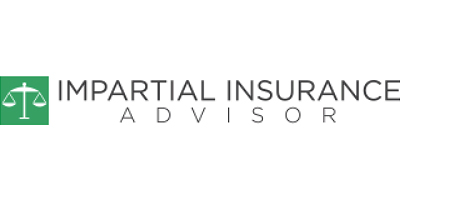Why I Disagree with Dave Ramsey’s Insurance Advice (Part 2)
After writing Part 1 of “Why I Disagree…”, I got a call from the 32-year old dad with the infant daughter, addressed in Part 1. Here is why he would have been better off skipping life insurance when single.
This young couple have been renting for $900/month and want to buy a modest house for $130k. Buying a house is part of raising a family.
Here’s the financing package:
House costs $130k. He needs to only put down 3% as a first-time homebuyer. $126k mortgage @ 4.25% for 30 yrs is $620/mo (principal and interest), $162/month property tax, $48/month PMI (private mortgage insurance), $100/month for property insurance, totals $930/month, what they’re paying in rent.
I suggested a 15-year mortgage for a lower interest rate, save on PMI, saves a ton of interest, and doubles as an education saving plan for their baby girl who will be going to college about then. This will be a huge help in their future.
Here’s what a 15-year mortgage looks like:
$126k mortgage @ 3.875% for 15 yrs is $924/mo (principal and interest), $162/month property tax, $36/month PMI, $100/month for property insurance, is $1222/month, about $292/month more than the 30-year mortgage costs.
The 15-year mortgage is the better path, but the payment is higher and being able to swing it often hinges on how you’ve prepared.
15-year mortgage vs 30-year:
| principal | interest | payment | PMI | Total savings | Total lifetime P&I payments | |
| 30 yr @ 4.25% | 174 | 446 | 620 | $48/mo | $223,000 | |
| 15 yr @ 3.875% | 518 | 406 | 924 | $36/mo | $166,000 | |
| $40/mo | $12/mo | $52/mo | $57,000 |
What difference does it make?
Notice they pay down mortgage principal by three times as much with the 15-year plan, because the payment is higher and interest rate lower. Also, not only is PMI less, but it can be dropped sooner when equity is at least 20% of house’s value. They’ll save $57,000 of interest, half the price of the house!
They’ll pay it off two years before their daughter goes to college, can sock away $10k/yr for those two years and have $924/mo freed up for college tuition and a wedding, while the 30-year mortgage holder plods on with none of these funds.
How does this relate to Dave’s life insurance advice to singles: “The younger you are, the more affordable term life insurance is, so there’s no reason to wait until you have a family to get insured”?
One’s ability to avail themselves of the superior 15-year plan hinges on whether they are still paying on school debt and/or the size of their down payment. The $300/month difference may be the college loan they are still paying … or aren’t.
Not only did buying life insurance when younger not save premiums, but it’s those sorts of decisions that undermine one’s ability to take the 15-year path. Those premiums should have gone to school debt or a house down payment, rather than life insurance when single and without dependents.
